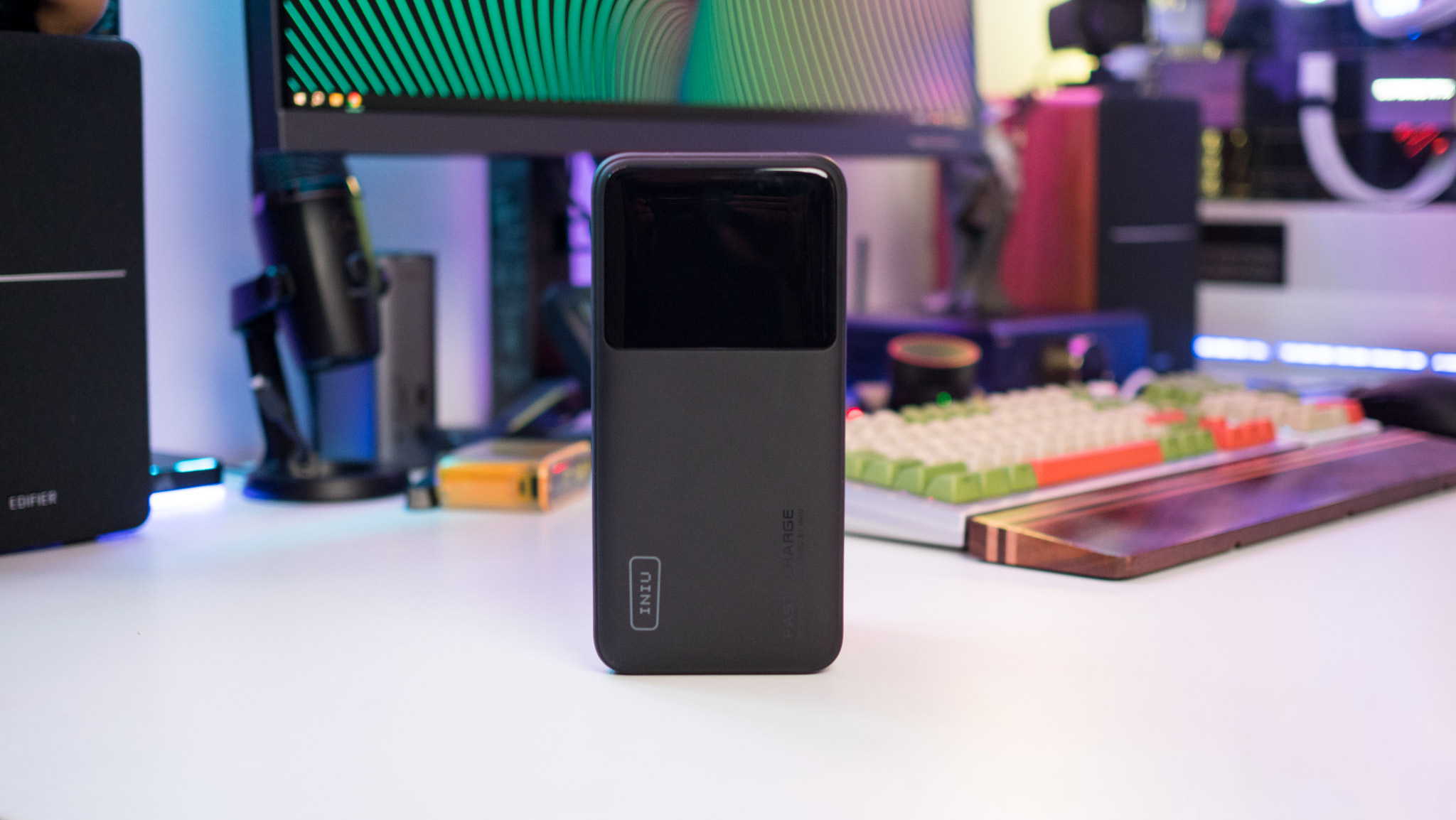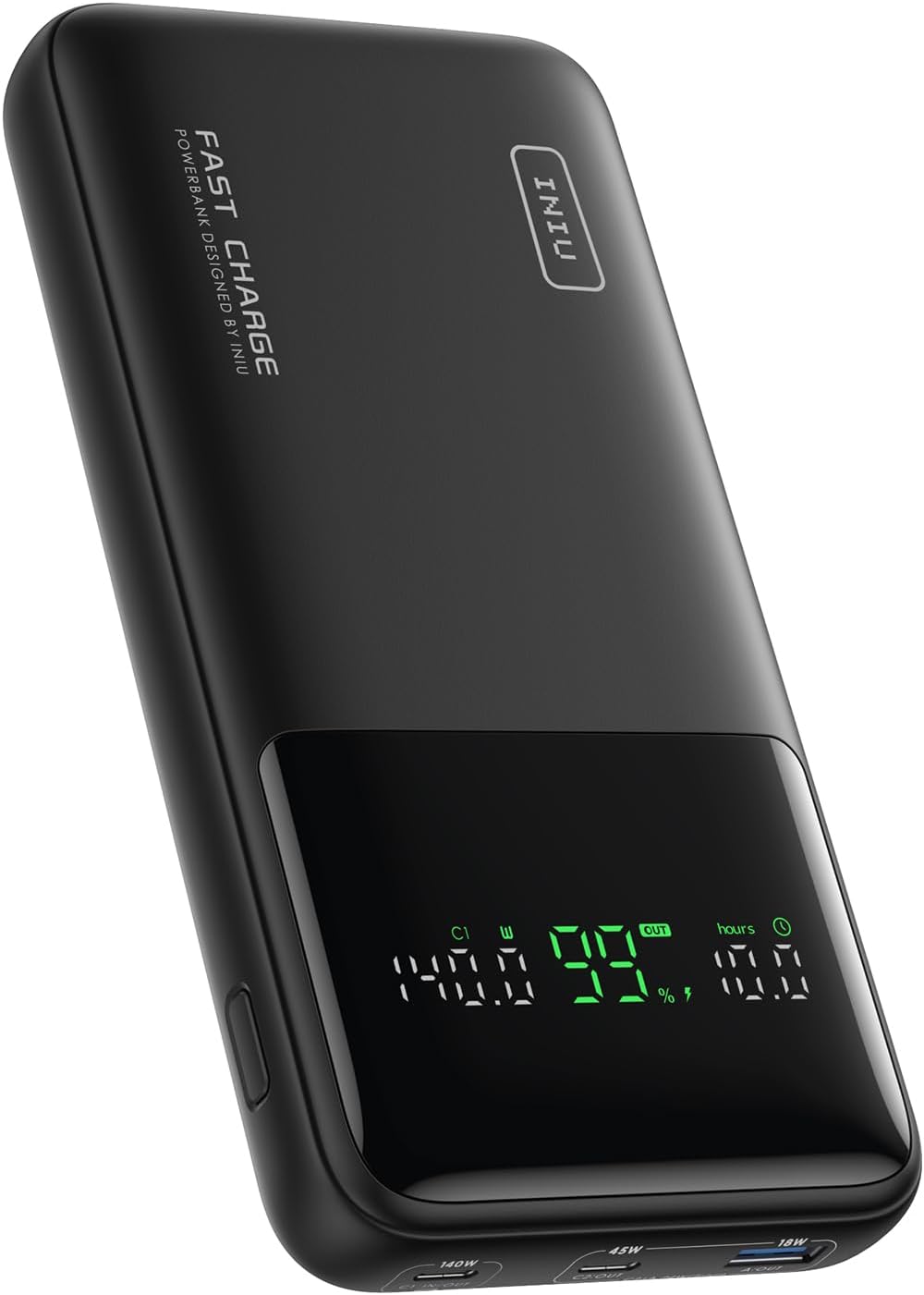Android Central Verdict
The PowerNova manages to go up to 140W over a single USB-C port, making it a great choice for notebook use. You also get a secondary USB-C port and USB-A connectivity, a built-in screen that shows real-time charging details, and passthrough charging. But the biggest reason for buying the PowerNova is the value — this power bank is available for just $99, making it a great bargain.
Pros
- +
Goes up to 140W on a single USB-C port
- +
USB-A and dual USB-C charging ports
- +
Three-year warranty as standard
- +
Screen shows real-time charging stats
- +
Excellent value
- +
Passthrough charging
Cons
- -
Design isn't rugged
- -
Gets smudged constantly
Why you can trust Android Central
There are a few options available if you want a 140W power bank — I'm partial to the UGREEN 145W as it has a 25,000mAh battery and hits 145W split over two USB-C ports. Anker's 140W 737 power bank does the same thing, and there's now a new entrant in this segment: INIU PowerNova. INIU is a Chinese manufacturer that focuses on charging tech, and its products are a pretty good value, with the PowerNova debuting at just $99.
There's a lot to like about the PowerNova; you get dual USB-C charging ports alongside a USB-A port, the 27000mAh battery is more than adequate to charge all your devices several times over, and the best part is that you get a screen that shows real-time charging info. It isn't as detailed as the one on the Sharge Storm 2, but it does a great job in its own right. The screen is identical to what you get on the Baseus Blade; it shows charging speed, time until full charge, and remaining power.
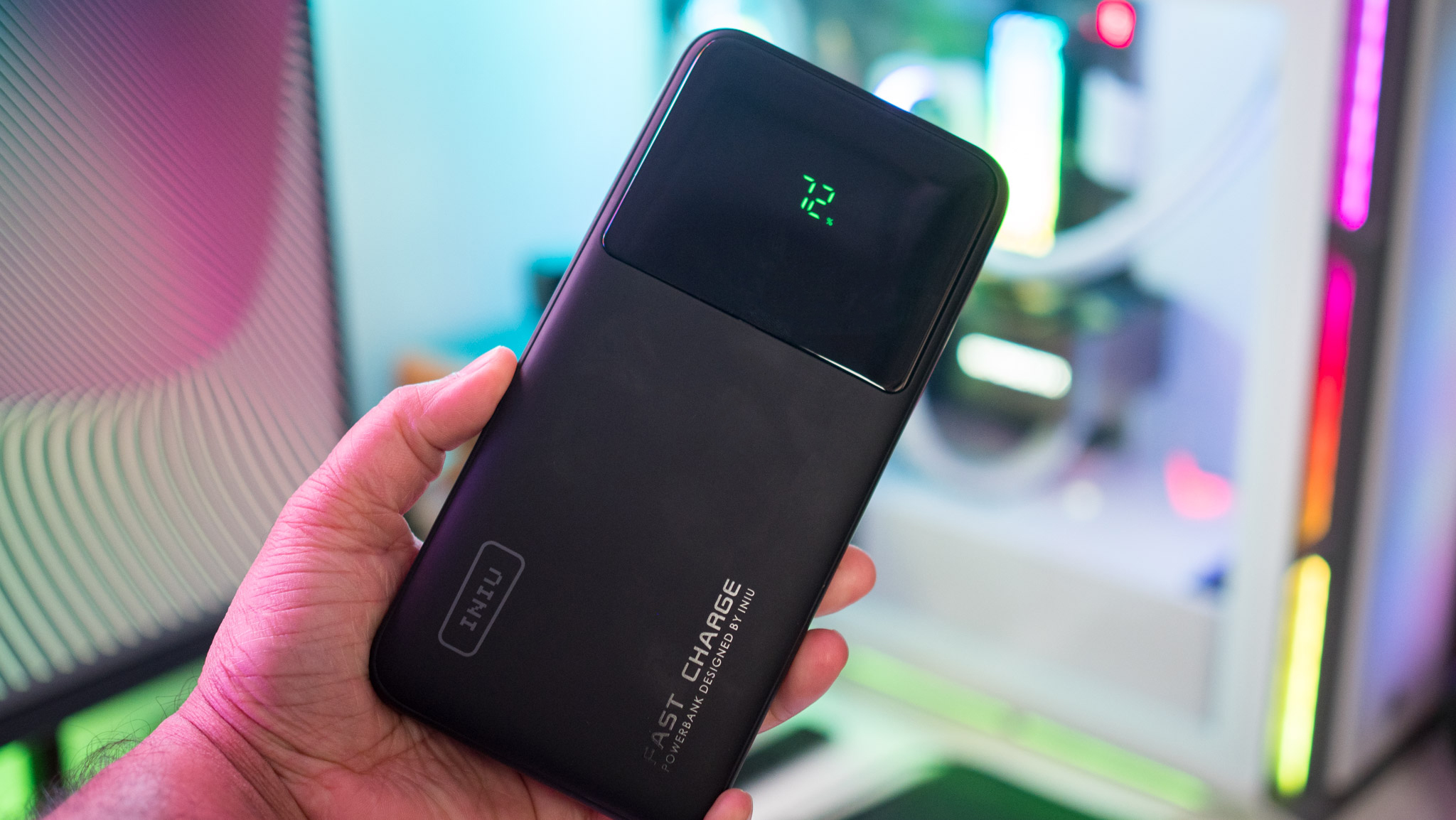
In spite of the larger 27,000mAh battery, the PowerNova is lighter than the UGREEN 145W, and that's down to the design. The soft touch plastic feels gold, and the rounded design makes it easy to carry. INIU says the power bank is good for flight use as well, and while I didn't use it on the road just yet, the design makes it ideally suited for portable use.
The plastic is prone to smudges, so you'll need to clean the power bank often to ensure it looks pristine. You get a USB-C to USB-C cable and a carrying bag to hold the power bank, and other than the fact that it gets a bit smudgy, I don't have any issues with the design of the PowerNova.
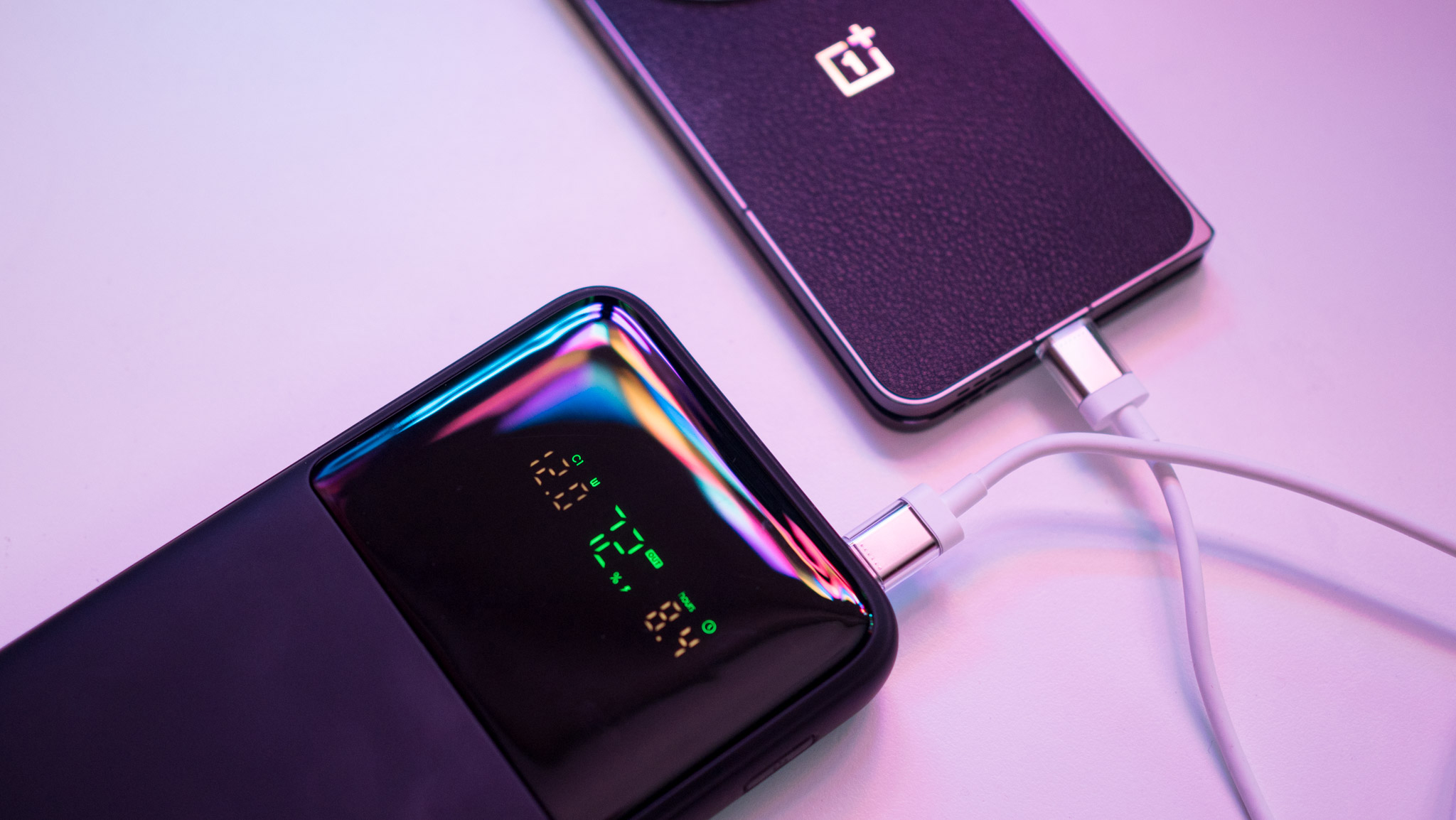
Obviously, the biggest talking point with the PowerNova is the 140W charging tech. What's interesting here is that the PowerNova is able to deliver 140W over a single USB-C port over the USB PD 3.1 standard, and that makes it a much better choice for use with the latest MacBooks and Windows notebooks.
The other USB-C port goes up to 45W, and the USB-A port hits 18W, which is decent enough. The PowerNova charges at 100W as well, taking just under two hours to fully charge the massive 27,000mAh battery.
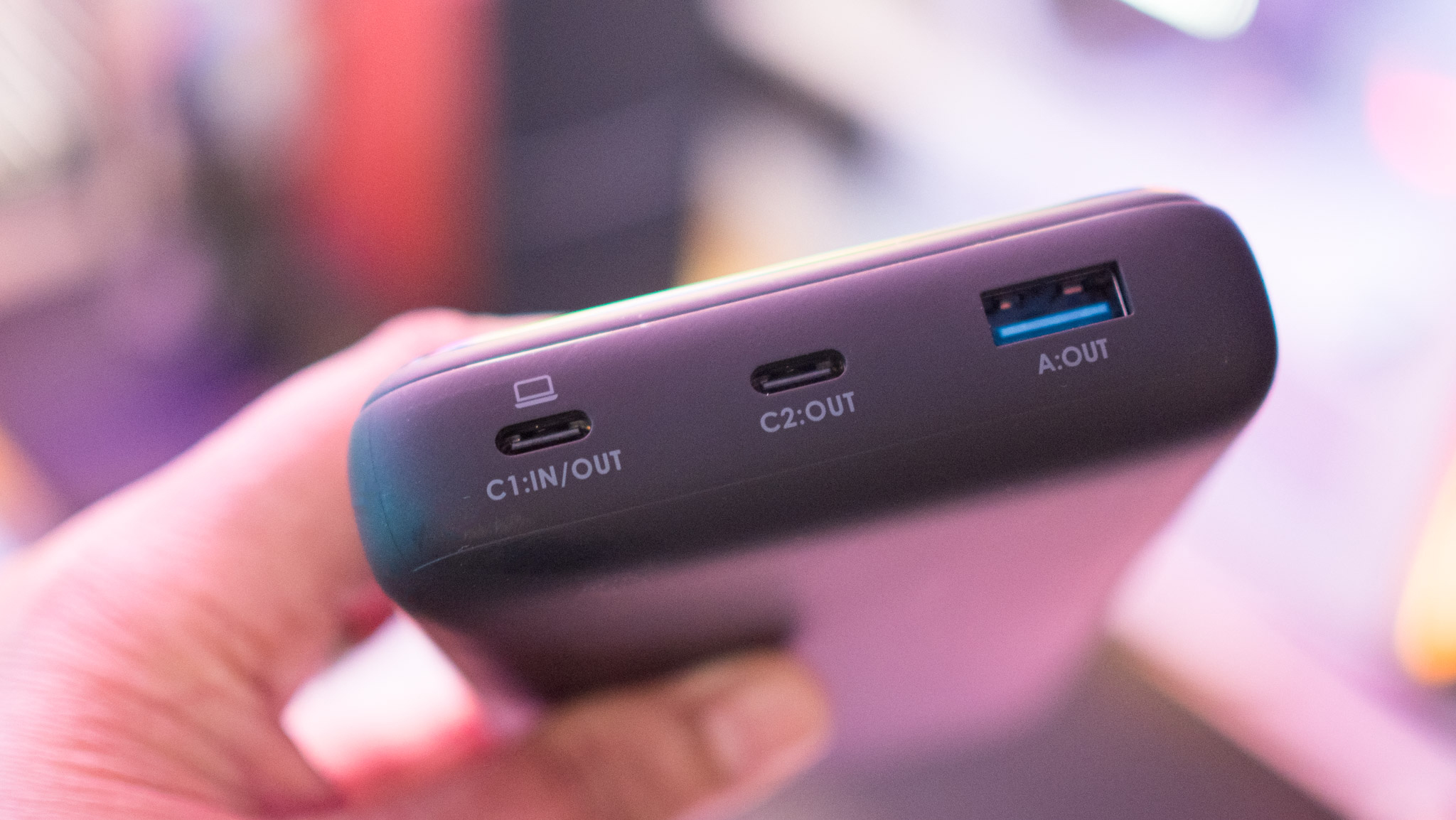
As for daily use, the PowerNova had zero issues delivering a consistent charging speed. I used it mostly with the Xiaomi Notebook 120G and a Steam Deck, and it managed to reliably charge either device at the requisite wattage levels.
Like other power banks, the PowerNova is able to charge up to three devices at once, but the charging potential is decreased when you plug in more than one device. The USB-C1 port goes to 100W, with the USB-C2 and USB-A port sharing a power controller that limits their charging to a combined 24W.
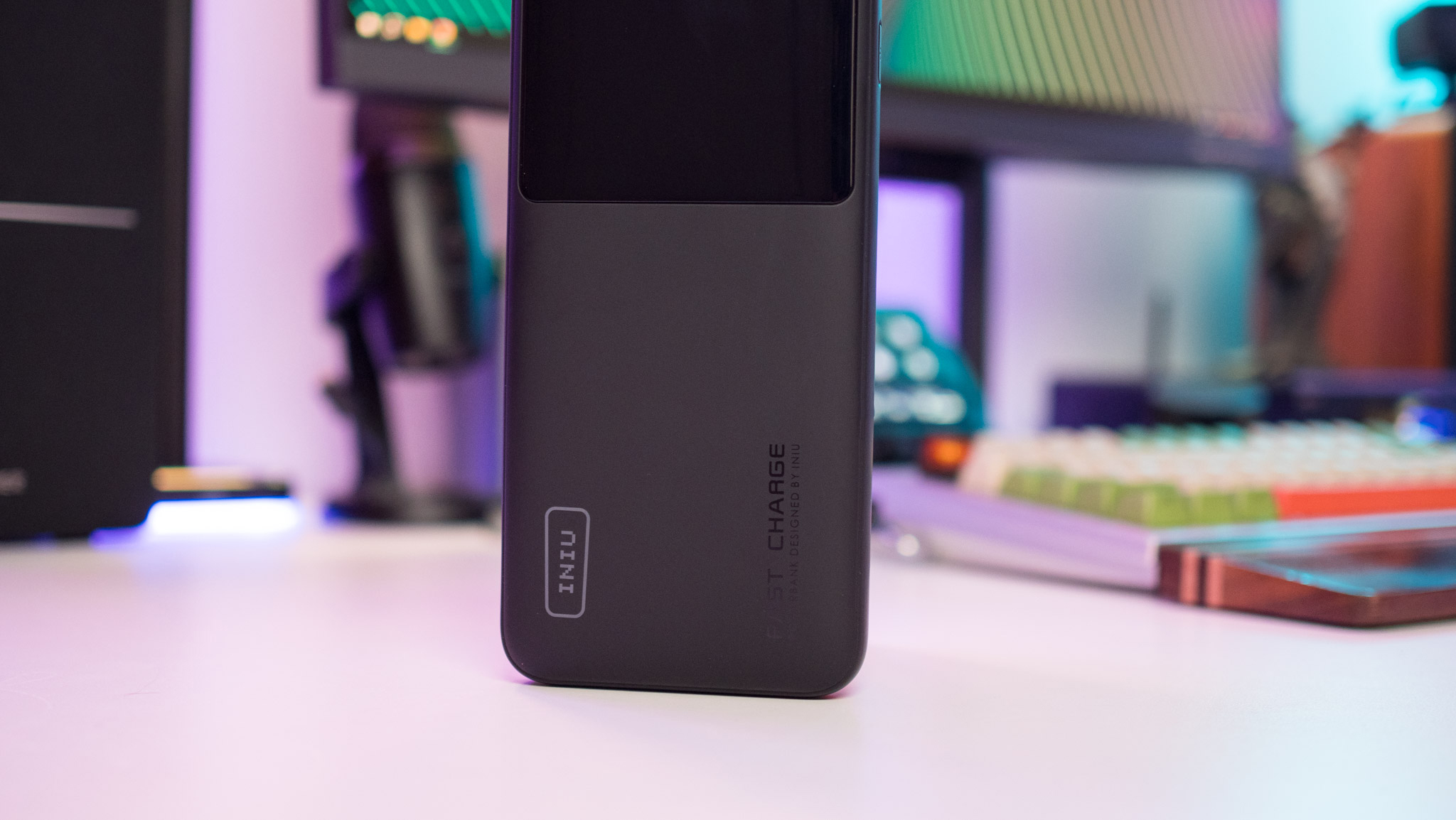
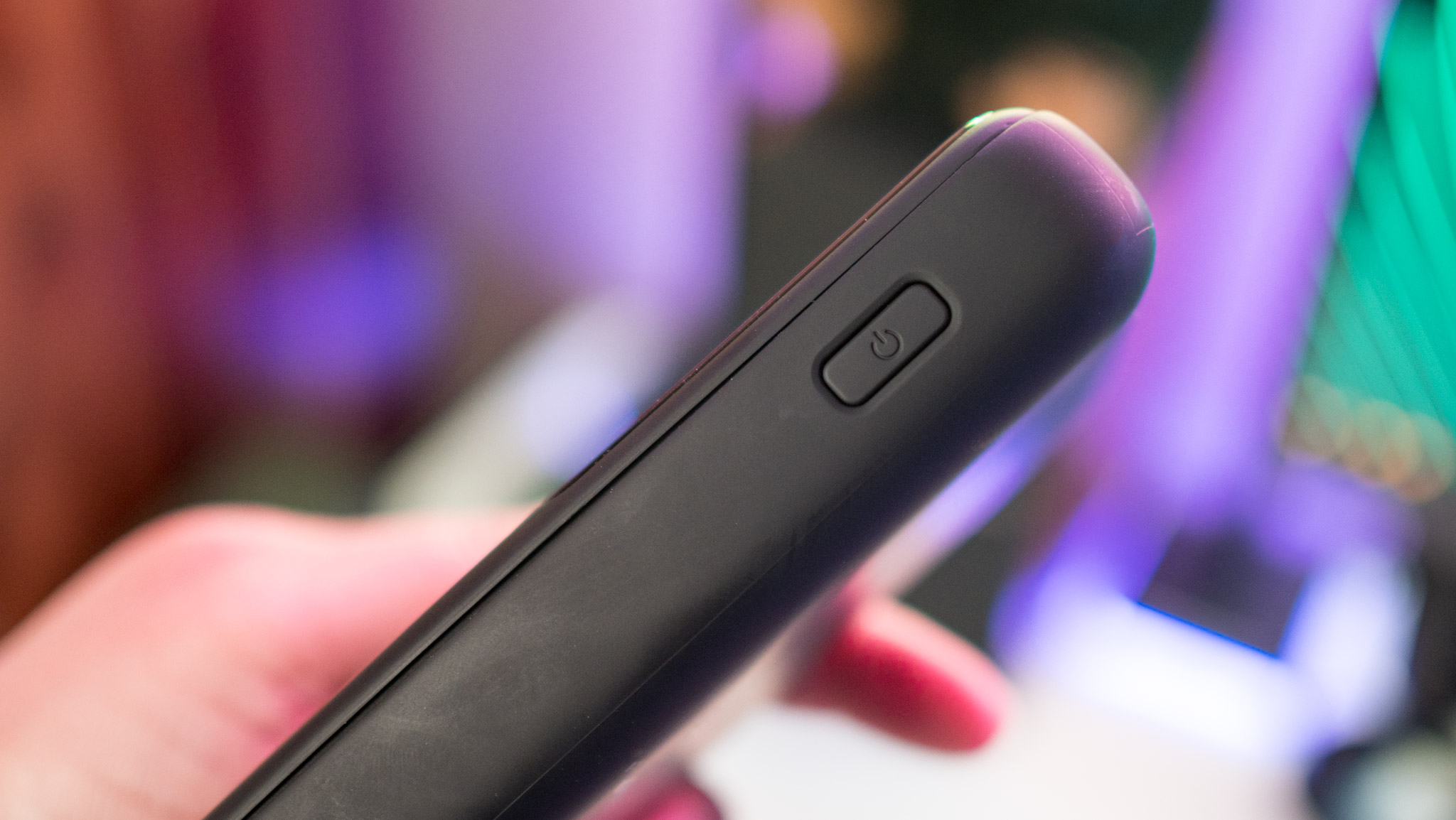
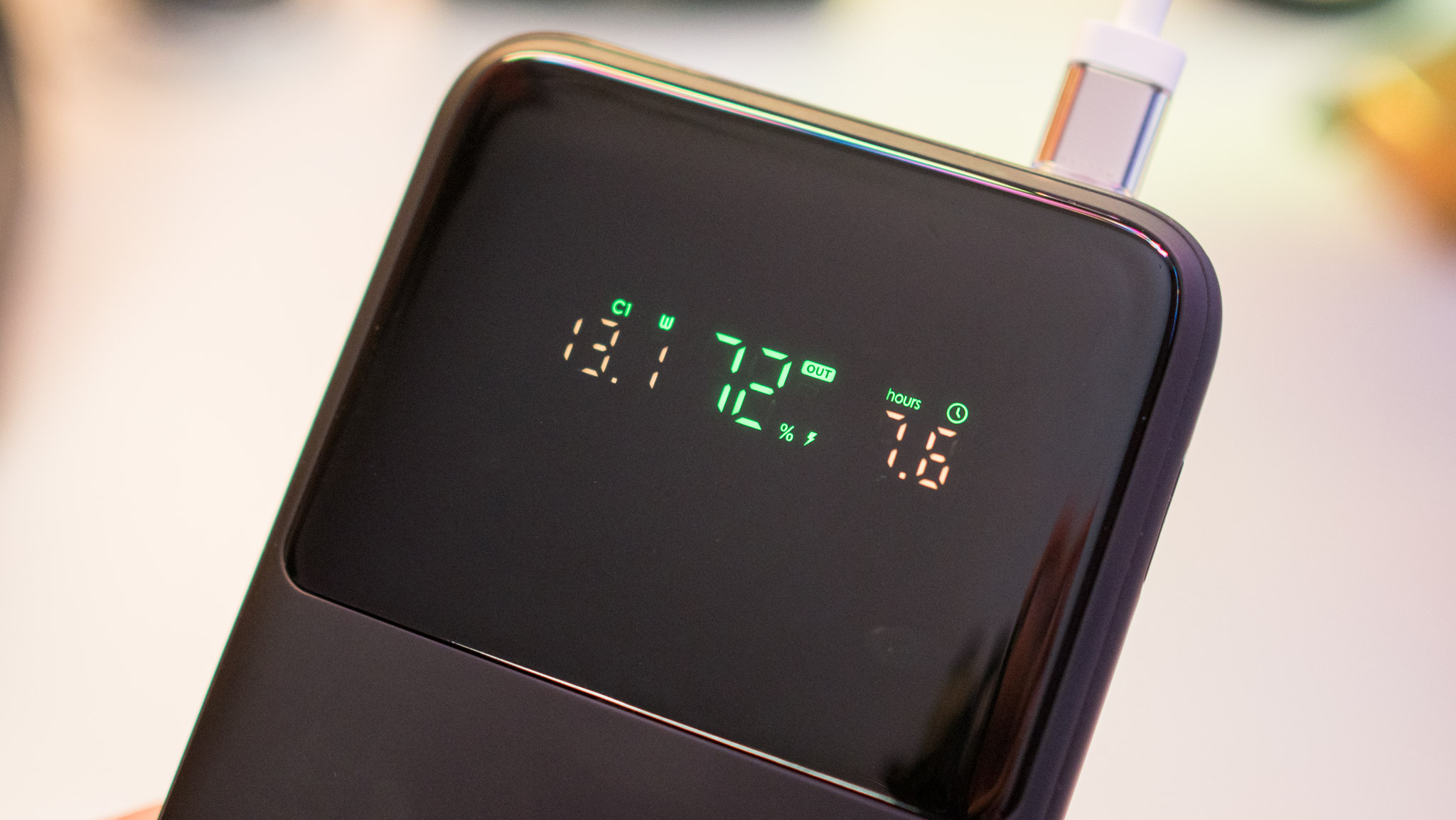
With all three ports in use, the power bank is able to hit 124W. You can use the dual USB-C ports and leverage 145W — 100W over USB-C1 and 45W over USB-C2, with both using the PD 3.1 protocol.
Overall, the PowerNova is a terrific option if you want a large power bank that's able to go up to 140W. It manages to deliver a consistent charge, isn't too bulky, and you can easily charge three devices at once. Considering you're paying just $99, you are getting a pretty great value.

Harish Jonnalagadda is Android Central's Senior Editor overseeing mobile coverage. In his current role, he leads the site's coverage of Chinese phone brands, networking products, and AV gear. He has been testing phones for over a decade, and has extensive experience in mobile hardware and the global semiconductor industry. Contact him on Twitter at @chunkynerd.
